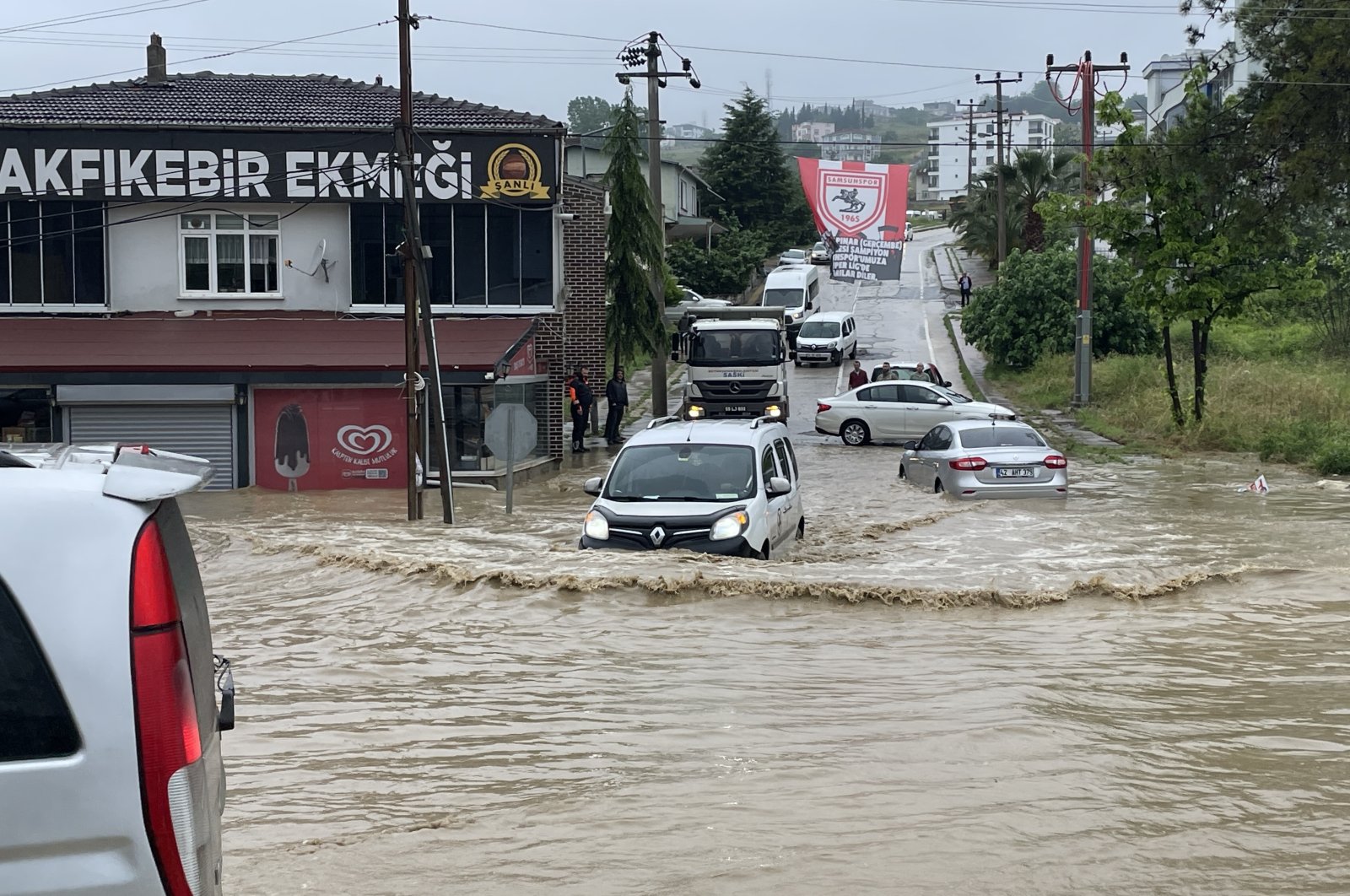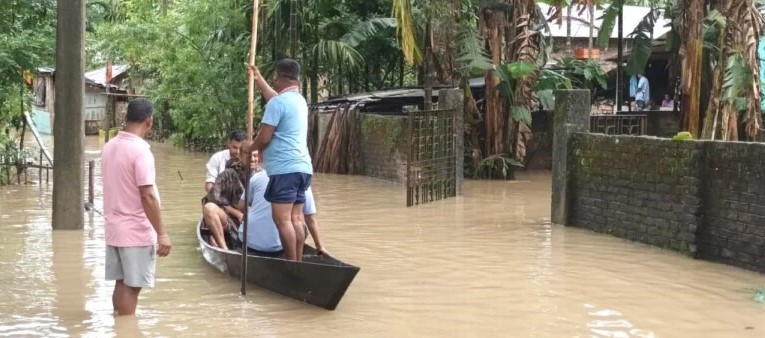Torrential rains have pummeled the Pacific Northwest this week, leaving Washington and Oregon grappling with significant damage as the storms begin to ease on Thursday.
The atmospheric river systems, known for transporting moisture from the Pacific near Hawaii, brought intense rainfall, flooding, and unseasonably warm temperatures, leading to school and road closures and numerous rescue operations.
In Washington, the storms shattered daily rainfall and temperature records, causing severe disruptions. Seattle, typically known for its cool and misty weather, set a new record high temperature.
The heavy rain triggered landslides that halted Amtrak services between Portland and Seattle and led to the closure of sections of Highway 101.

The National Weather Service has forecasted a brief reprieve from the worst of the weather, but light to moderate rainfall is expected to continue into the weekend. Flood warnings and watches are set to expire, though more storms are anticipated.
The impacts of these atmospheric rivers, often referred to as the “Pineapple Express,” are growing more intense as global temperatures rise.
These storms, which deliver high levels of precipitation, are becoming increasingly potent due to climate change. Last year, California faced record storms that caused extensive damage, and the state is bracing for another potentially wet winter. Areas recovering from drought and wildfires now face the threat of flooding and landslides.
The recent storms have claimed lives and posed significant challenges for emergency services. In Monroe, Washington, a dramatic nighttime rescue saved a man stranded on the Skykomish River.
In Portland, rescuers recovered a body from Johnson Creek, highlighting the dangers faced by unhoused individuals during severe weather.
As communities begin to assess the damage, the focus remains on recovery and preparation for future storms, underscoring the growing impact of climate-related weather extremes.

